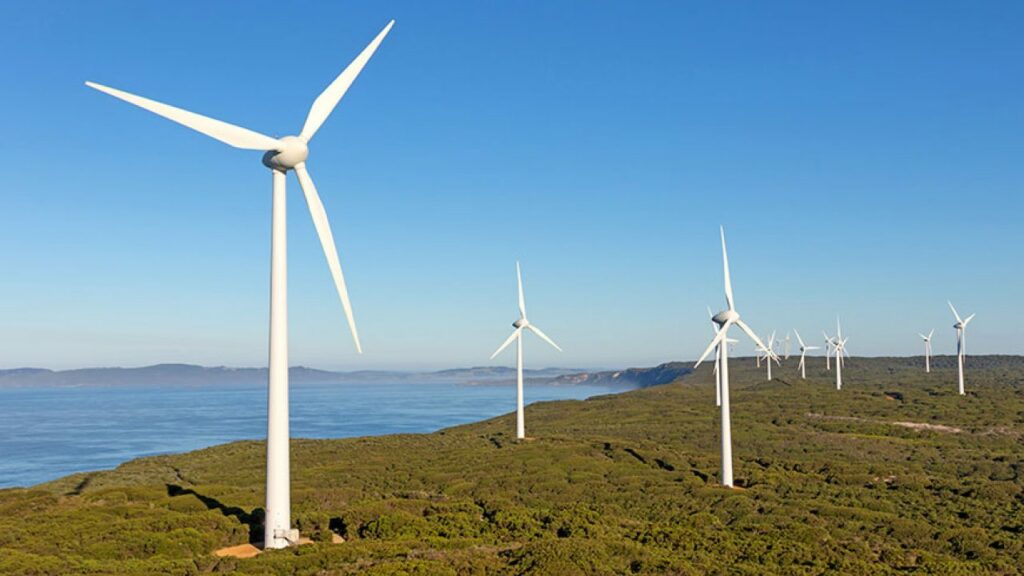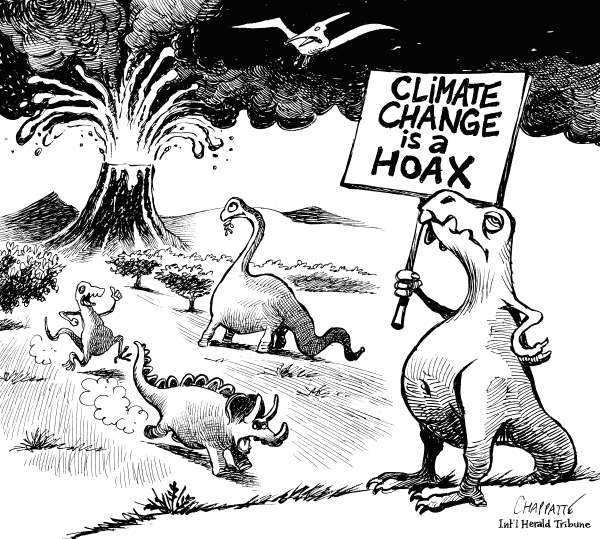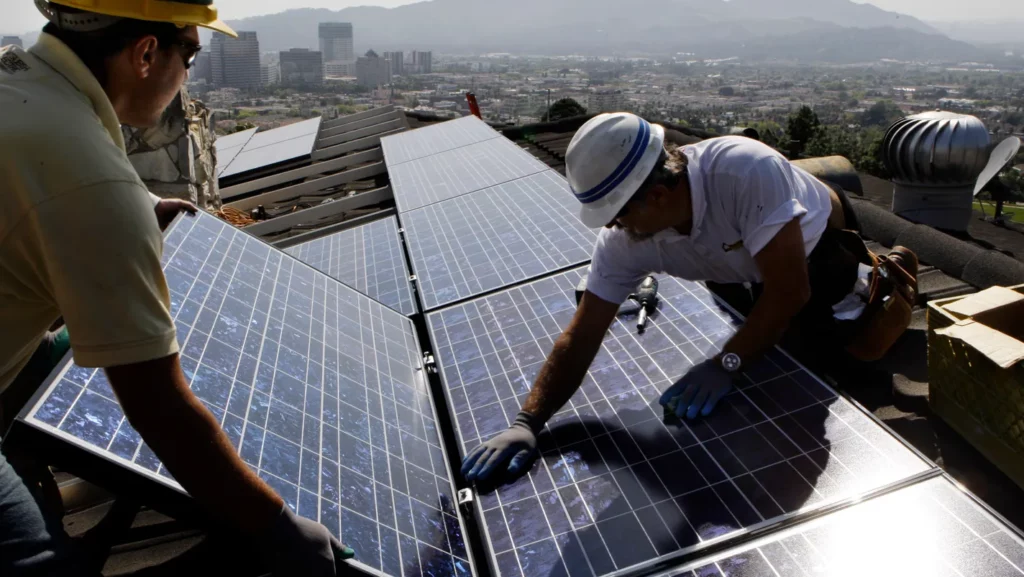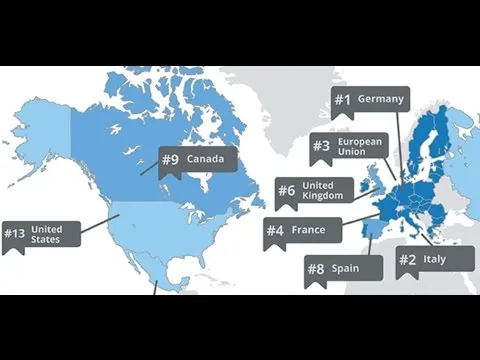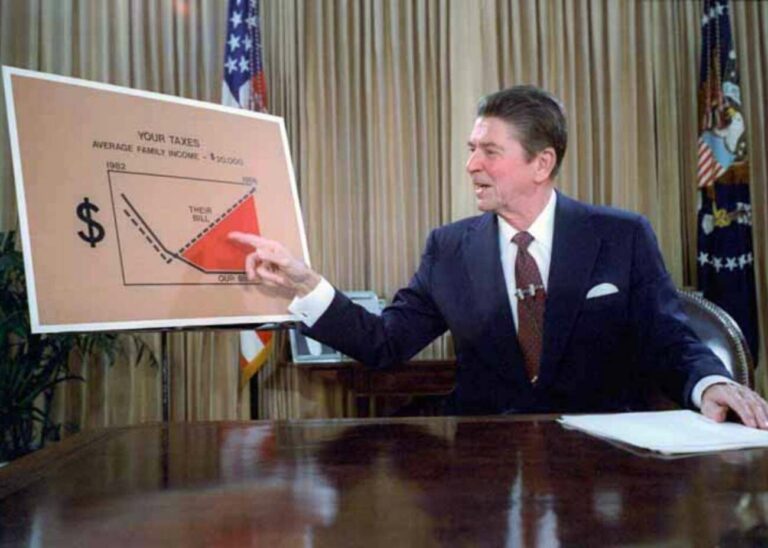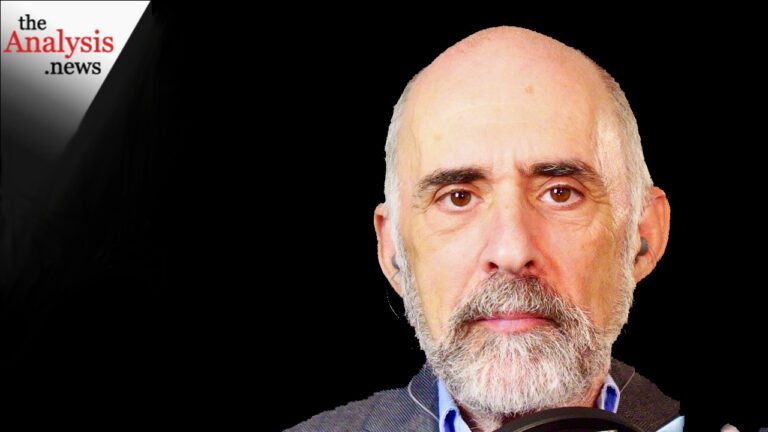Podcast: Play in new window | Download | Embed
Subscribe Apple Podcasts | Spotify | Android | iHeartRadio | Blubrry | Email | TuneIn | Deezer | RSS
On Reality Asserts Itself, Mr. Pollin says a global 1.5% of GDP per year investment in energy efficiency is the first step towards achieving necessary targets – but the fossil fuel industry is against it.
This is an episode of Reality Asserts Itself, produced January 7, 2015.
STORY TRANSCRIPT
PAUL JAY, SENIOR EDITOR, TRNN: Welcome back to The Real News Network and Reality Asserts Itself. We’re continuing our series on how to get to a green economy, with Bob Pollin. And if you haven’t watched part one, you should, ’cause it will help you set up for this one. Thanks for joining us again, Bob.
POLLIN: Thank you. JAY: So, one more time, Bob is a codirector and distinguished professor of economics at the Political Economy Research Institute at the University of Massachusetts Amherst. He’s recently done a big study called Global Green Growth, a forthcoming report with the United Nations Industrial Development Organization, and it’s all about what we’re talking about. Thanks.
ROBERT POLLIN, CODIRECTOR, PERI: And I have the U.S.-based Green Growth, done with the Center for American Progress.
JAY: Right.
POLLIN: Just thought I’d mention that.
JAY: Both reports. Right.
POLLIN: Yes.
JAY: Okay. So in this one we’re going to talk about–we left the last one off that there’s a need for a green economy. And I think, I guess, everybody kind of knows that, or most people do, anyway. And Bob has done some specific modeling about how to get there. And if I understand correctly, it’s about 1.5 percent of global GDP–
POLLIN: Every year.
JAY: –every year, invested in renewable and alternative energy and retrofitting and mitigating. And that’s about $1 trillion globally, about $200 billion American.
POLLIN: Right, roughly.
JAY: Give or take.
POLLIN: Yeah. Mhm.
JAY: Okay. So what is a viable alternative, and what is a realistic path to stabilization?
POLLIN: Well, you just said it. My program is extremely simple: one and a half percent of GDP per year investing, number one, in energy efficiency. By far the cheapest, easiest way to reduce emissions is investing in energy efficiency.
JAY: So what is that?
POLLIN: Energy efficiency means that the buildings that we operate, that we live in, and that we work in are not going to waste a lot of energy.
JAY: Okay. And I forgot to say in your biography–and I’ve got to do this every time, because we’ve got to be transparent here. Bob has a company called PEAR, which works on selling energy efficiency consulting and this sort of thing.
POLLIN: Yes, and renewable–.
JAY: Renewables.
POLLIN: Yes.
JAY: Okay. Go ahead.
POLLIN: So–.
JAY: What is that? What is energy efficiency?
POLLIN: Buildings can all be–new buildings that are constructed should all be net zero. We can operate buildings such that if you insulate them decently and you design them well, use natural shading and lighting to the maximum extent, and utilize solar panels if possible, geothermal energy–sometimes it may be viable to have a wind turbine in a neighborhood–there’s no need for any fossil fuels. I’m telling you now, at the University of Massachusetts in Amherst, Mass., which is a cold place, not particularly sunny, we’re putting up–as part of my institute, we’re putting up a net zero building now. In Germany, by 2050 the rule, the law is that every new building is going to be net zero.
JAY: So the point here is right now, if a building isn’t efficient, alternative energy isn’t enough to do the energy required by that building. But if you do all the things you’re talking about, alternative energy would be enough.
POLLIN: Absolutely. Now, in terms of policy, the U.S. federal government in 2007 under President George W. Bush signed the Energy Independence and Security Act, which mandates that 75 percent of all federal government buildings would have to achieve a 30 percent reduction in their energy consumption, raise energy efficiency by 30 percent, as of 2015, which is in two weeks.
JAY: Wonderful. And how many–what percent?
POLLIN: Zero point two percent of the buildings have done this. And they’re–.
JAY: So 75 percent, and 0.2 have actually been done.
POLLIN: Yeah. Now, keep in mind–.
JAY: That’s a law.
POLLIN: Keep in mind that it’s fully documented by the government itself. Even what’s been done so far is saving taxpayers hundreds of millions of dollars a year.
JAY: The 0.2.
POLLIN: So why aren’t we implementing this law that obviously had a consensus with the Republicans and the Democrats?
JAY: So why?
POLLIN: I don’t know why. Inertia that–yes, you have to put up–there are upfront costs. But as soon as you make the upfront costs in energy efficiency, you start saving immediately.
JAY: Well, we’re back to the power of the fossil fuel industry. I mean, they’re going to sell less energy to government.
POLLIN: They are. And I can’t tell you what’s going on inside in Washington as to why this law isn’t being implemented, but that would be the single best achievement in terms of building a green economy would be to simply implement that law and then, talking about state and local governments, to do the exact same thing, make all of their buildings energy-efficient.
JAY: And you’re saying in the long-term the energy savings–.
POLLIN: Not even the long term. Three years. In three years–.
JAY: It pays for itself in three years.
POLLIN: Yes, in three years it pays for–I mean, not every single building, but on average they pay for themselves in three years. And this is true globally. I mean, McKinsey, the consulting firm–hardly Greenpeace here–McKinsey says that this is the single most important thing that should be done in developing countries in order to save on energy costs.
JAY: Well, this is–I mean, it’s kind of scandalous. One, there’s a law and a law that’s not getting implemented. So somebody’s–so why hasn’t anybody sued the government for not following their own law?
POLLIN: I can’t tell you that. I don’t know why.
JAY: And it seems a no-brainer that if it pays for–I mean, why aren’t more private companies doing this if it pays for itself in three years?
POLLIN: Okay. So that is the big question. If it’s so wonderful, you know, if there’s $50 bills lying on the street, why aren’t people picking them up? That’s the way the economist [incompr.] Well, there are upfront costs, of course. You have to put up money. You have to invest in efficiency.
JAY: I mean, for private companies, I can understand that might be an issue. For government, that really isn’t such a big issue, given the Fed can just say, go do it.
POLLIN: The Fed can–.
JAY: Give it back in three years.
POLLIN: There is a budget, obviously, and that then–and when we’re fighting over budgetary issues, then this one gets shunted aside. Now, it is true, though, that the Federal Reserve has the power to just lend the–. The Federal Reserve could lend the money to municipalities, municipalities could set up their own agencies, and they could make these retrofitting investments within their communities, and it would be a big source of job creation.
JAY: And they could pay the Fed back based on the energy savings.
POLLIN: That’s right, which is also another program that is more or less in place, which enables people to borrow money to retrofit for their own residences and pay it back through their utility bills. These are the kinds of things that can be done in the area of efficiency in the U.S. and globally. I mean, in India, for example, 30 percent of energy consumption is used for residential cooking, and the methods are extremely inefficient. So just, like, put out cheap, efficient cooking equipment. That would save low-income people lots of money. It would also be a dramatic source of emission reduction.
JAY: Well, do you–I don’t know if you’ve looked at this, but is there evidence that the fossil fuel industry is actively opposing such things? I mean, I know they generally do lots of PR against the whole idea that there is such a thing as climate change. We know they fight on certain legislative issues. But on retrofitting, which seems like, even if you don’t believe in climate change, just for the energy saving, one would think one would do it even if you don’t believe in science. But do we have evidence that’s–like, what’s blocking this? It’s such a no-brainer.
POLLIN: Well, I mean, again, okay, so people–look, I could do it, and as you said, I have my own business, and we try to convince people to do retrofits. And there are government incentives that we try to help people get all the incentives that would support their investment in retrofits. Why don’t they do it anyway? Well, number one, it’s still–it’s disruptive. You know, you have to have–workers come to the building. You have to schedule it. Something could go wrong. So there are risks. I’m telling you on average it’s a payback in three years. But your particular client might be the one where you don’t get the payback in three years. So we have to overcome these things.
JAY: But if you’re government at all the levels, one, the upfront money is not the same. If you know it’s coming back, it’s not hard to get the money to do it.
POLLIN: On average, of course it’s coming back. Yeah.
JAY: Yeah, so it’s not that hard to find money when you know it’s coming back for a government. Number two, all this retrofitting is a whack of new jobs. So, one, you would think, from a government point of view–I mean, I personally would think it’d be better to do it through a public sector, but even if you do it through private sector, this massive campaign to retrofit is all kinds of new jobs, and it doesn’t need–.
POLLIN: Construction jobs, which has been flat on its back. Yeah.
JAY: And not massive new–I mean, you can train people, but it’s not like it’s–you have to go get a science degree to learn how to be part of a retrofitting crew. So, again, what’s the blockage? We get back to politics again, of course.
POLLIN: Well, as I said, there are these issues. Now, is it because oil companies don’t want people to retrofit their buildings? I mean, logically one could think that. I don’t know that they’re doing it.
JAY: I know the power company here, BGE, where we are in Baltimore, if you can prove you’re taking less electricity off the grid, their subsidies–which I don’t know for sure. I’m assuming these are passed through some kind of federal money.
POLLIN: There are subsidies, but they’re not enough. They’re limited, as we were talking about in the first segment. For example, in a lot of states, if you have a solar panel system in a building and you have excess electricity generated, can you sell it back to the grid? In a lot of states you can’t sell it back to the grid. In some cases you can, but the price at which you sell it back is very low. So what you really need is very simple. You need to be able to sell back to the grid at a market price so that people can make the money back from having made the investment. Again, I know this very specifically myself from having been involved in solar installation projects. The degree of subsidy and the regulatory arrangements in any given situation are decisive as to whether it’s worth it for me as a businessperson to proceed. So, yes, the regulatory environment, the subsidies, are not nearly adequate as long as we recognize that we’ve got to get to something like $200 billion a year. Right now we’re at about $50 billion–if you add up everything, about $50 billion a year in investments on clean energy.
JAY: Private and public.
POLLIN: Combining private and public. So we need to–.
JAY: Do we know the breakdown, the private-public split of that?
POLLIN: No, but that’s roughly where we’re at. And I would say that what we need to do is roughly 75 percent should probably be private, 25 percent public.
JAY: Well, not if you’re doing this massive government retrofit.
POLLIN: If you start there. No, of course. No, that–. And, by the way, if you do that, that would be a leading edge. That would advertise it. It would create new companies that are ready to do it inexpensively.
JAY: And it’s also something that can be done at a city and state level. You don’t have to wait for a federalized–federal politics.
POLLIN: No, every school. Why isn’t every school district doing this, every school district in the country? I myself talk to some–I’ve talked to some mayors in California about doing this. And we’re still talking. But meanwhile, if we take climate science seriously, something big has to start happening, not in 15 years, in one year, two years.
JAY: Okay. In the next segment of our interview, we’re going to talk about what’s happening in other countries on this front and what can be learned from both positive and negative examples. Thanks for joining us.
POLLIN: Thank you.
JAY: So please join us for the continuation of our series with Bob Pollin on Reality Asserts Itself on The Real News Network.

